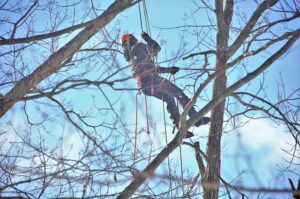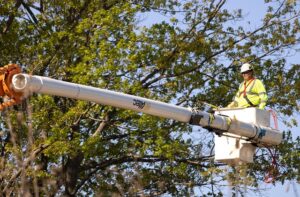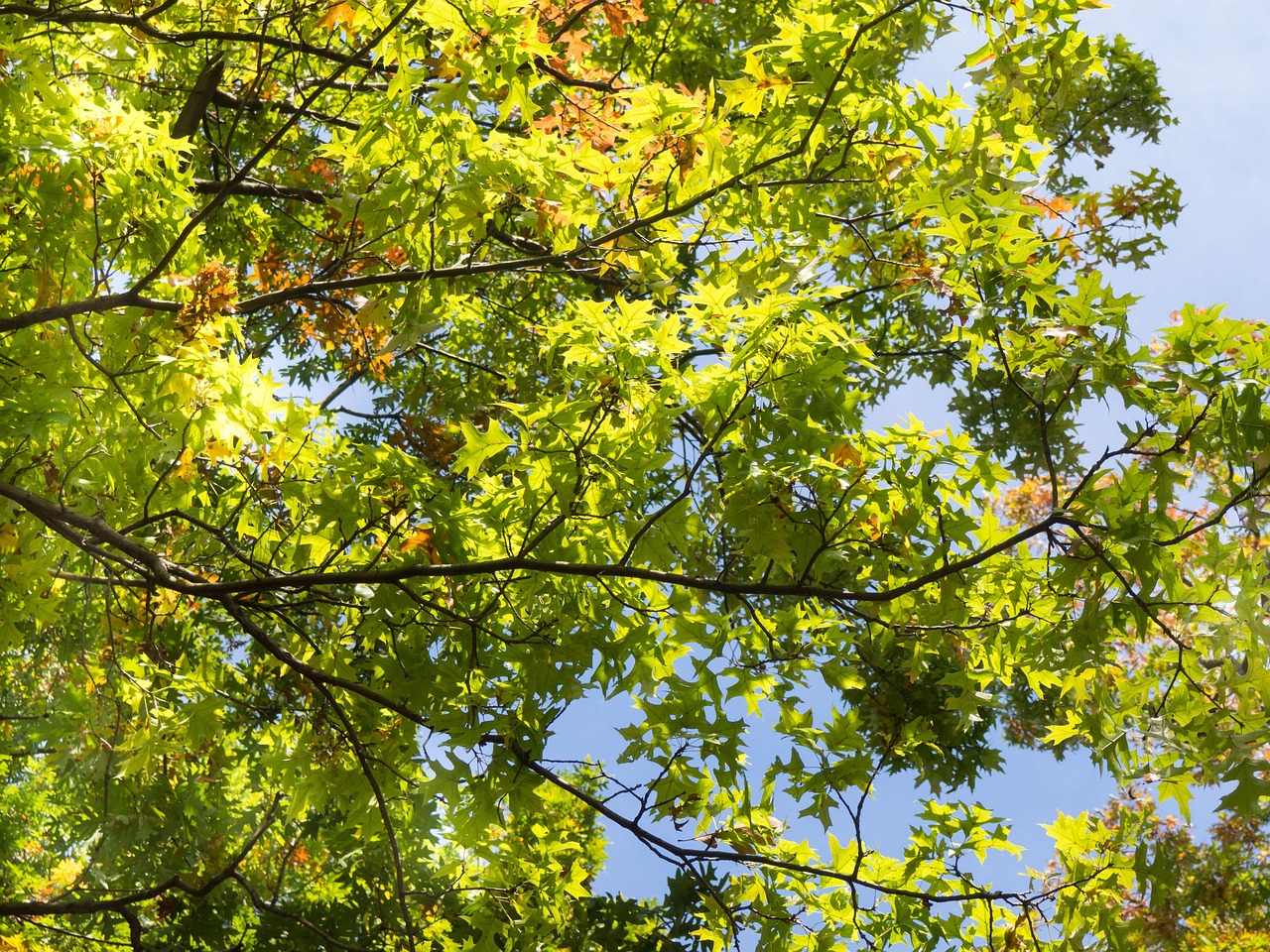Dealing with overhanging branches can be a tricky situation for any homeowner. Perhaps they’re blocking sunlight from your garden or posing a risk to your roof during stormy weather. Whatever the case may be, managing these pesky limbs is essential for both safety and aesthetics in your yard. But before you grab those pruning shears and head outside, it’s important to take a few steps back and assess the entire scenario.
Understanding what you’re working with will make all the difference between a simple trimming task and an intricate project that requires careful planning. If you have a branch that poses a potential threat to your home or property, it’s best to call a professional tree service to handle the situation. Tree Removal Toronto is ready to help you with all of your tree maintenance needs. Now, let’s dive into how you can safely manage those overhanging branches while keeping your yard looking its best.
Assess the Situation
 Start by observing the branches in question. Look at their size, height, and condition. Are they healthy or showing signs of disease? Taking note of these factors will help you determine the best approach. Next, consider their proximity to structures like your home or fences. Overhanging limbs can cause damage if they’re too close during storms or high winds. Assessing this risk is crucial for maintaining safety.
Start by observing the branches in question. Look at their size, height, and condition. Are they healthy or showing signs of disease? Taking note of these factors will help you determine the best approach. Next, consider their proximity to structures like your home or fences. Overhanging limbs can cause damage if they’re too close during storms or high winds. Assessing this risk is crucial for maintaining safety.
Understand Local Regulations
Before you grab your tools, it’s essential to familiarize yourself with local regulations regarding tree maintenance. Many communities have specific guidelines on how and when you can prune trees. Check if permits are needed for cutting branches, especially if the tree is large or near property lines. Some areas also protect certain species of trees due to their ecological importance. Visiting your city’s website or contacting local authorities can provide clarity. Don’t forget about homeowners’ association rules as well; they might have additional requirements that could influence your plans. Understanding these regulations helps ensure you’re compliant while keeping both safety and aesthetics in mind.
Gather Necessary Tools
Before tackling any overhanging branches, ensure you have the right tools on hand. This not only makes the job easier but also safer. Start with a sturdy pair of pruning shears for smaller limbs. These come in handy when you’re working close to your body. For thicker branches, a handsaw or lopper is essential; they provide more leverage and power. If you’re dealing with high branches, consider investing in a pole saw. This tool will allow you to reach those elevated areas without climbing a ladder. Safety gear is just as important as the cutting tools.
Pruning Technique
 When it comes to pruning overhanging branches, precision is key. Start by identifying the right spot for cuts. Aim for a location just outside the branch collar, which helps promote healing. Use sharp, clean tools to prevent damaging the tree and minimize stress. A pair of hand pruners works well for smaller branches, while loppers or a saw may be necessary for thicker limbs. Make your cuts at a slight angle. This encourages water runoff and reduces the risk of rot setting in.
When it comes to pruning overhanging branches, precision is key. Start by identifying the right spot for cuts. Aim for a location just outside the branch collar, which helps promote healing. Use sharp, clean tools to prevent damaging the tree and minimize stress. A pair of hand pruners works well for smaller branches, while loppers or a saw may be necessary for thicker limbs. Make your cuts at a slight angle. This encourages water runoff and reduces the risk of rot setting in.
Always prune during late winter or early spring when trees are dormant. Managing overhanging branches in your yard can be a straightforward task if approached with careful planning. By assessing the situation, you gain insight into which branches need attention and how to handle them safely. Understanding local regulations ensures that you’re complying with any laws regarding tree maintenance, preventing potential fines or disputes. Taking these steps allows you to maintain a beautiful yard while keeping safety as a priority. Embrace the process of managing those overhanging branches; it can transform your outdoor space significantly while giving you peace of mind about your surroundings.

